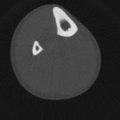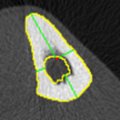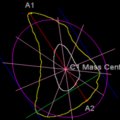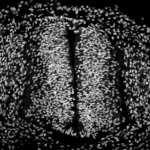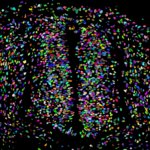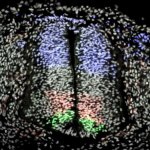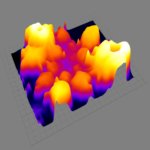


The image extension module is developed for the field extension of thin specimen or for focus extension of thick specimens. Advanced algorithms have been used for 2D images or for measuring the focus in a 3D stack. From the individual focus score, the module reconstructs a 3D tessellation to present the specimen in 3D. Different texture and pseudo colour schema options can be used and apply to the tessellation results. The final result is exported in 2D and 3D format allowing samples to be printed on the 2D or 3D printer.
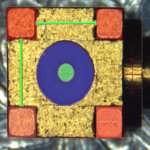
Template measurement is an advanced measurement module. This module helps clients to identify quickly and accurately any fault in their biological specimen sample, or industrial part. A standard template overlay can be defined and applied to the system. The operators only need to scan or resize the overlay by dragging the template. By comparison of the reference template and current sample/specimen, the operator can classify the measurement result quickly.
